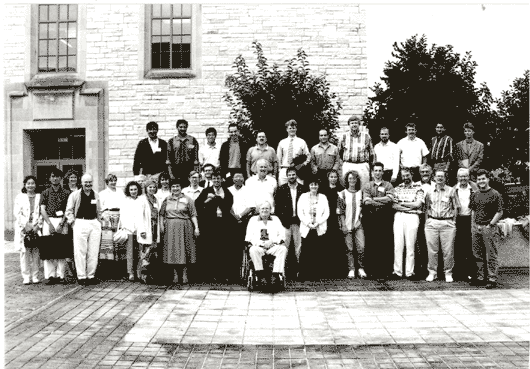 ,
,
The Ninth Meeting will be held in Houston, Texas, May 18-21, 2006 hosted by George Bennett. Information on the 2006 meeting can be found at the web site http://www.bioc.rice.edu/~gbennett/clostridium9/
History of the previous conferences adapted from Wilf Mitchell, who compiled the information below for the 2004 meeting.
Research in this field was stimulated following the fuel crisis of the early 1970’s, a logical result of the realization of the fickle nature of oil as a chemical feedstock. The acetone-butanol fermentation of Clostridium acetobutylicum, pioneered by Chaim Weizmann, stood out as an example of the industrial success of biological fermentations, and the 1980’s saw a concerted effort to improve understanding of the physiology of this and related bacteria. In 1990, researchers came together for the first time at a specialist meeting organised by Nigel Minton, Palmer Rogers and David Woods. It is their legacy that this meeting spawned the series of which this summer’s meeting in Edinburgh is the latest instalment.
The first Clostridium meeting was held at the Red Lion Inn in Salisbury, England, and was hosted by Nigel Minton based at the nearby Centre for Applied Microbiology and Research at Porton.
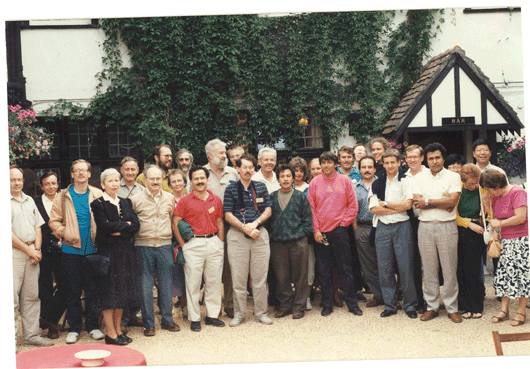
Although the vast majority of contributions described work on C. acetobutylicum, with emphasis on physiology and enzymology, cloning of genes and the development of techniques for genetic manipulation, a small number of presentations focussed on other organisms including C. perfringens. At the end of the meeting, a decision was taken to hold separate meetings devoted to clostridia of biotechnological and clinical importance, to prevent the meetings from becoming too large. The biotechnological group has met every two years since, and has succeeded in maintaining an informal atmosphere which has done much to foster free exchange of information and the establishment of fruitful research collaborations.
The second meeting in 1992, hosted by Jiann-Shin Chen in Blacksburg, Virginia
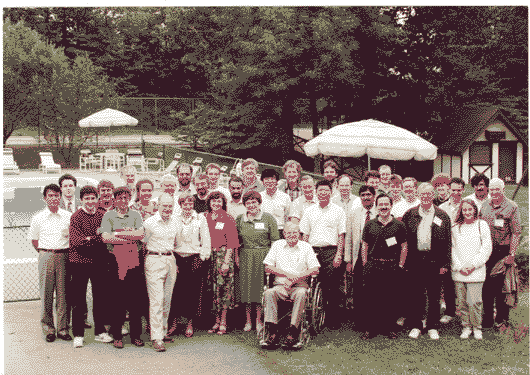
was coincidentally also held in a Red Lion Inn, having been moved there following a flood at the Virginia Polytechnic Institute and State University. It was, however, not possible to further maintain this tradition. Subsequent meetings have been held in universities or research institutes: Northwestern University (Clostridium III 1994, hosted by Terry Papoutsakis)
 ,
,
Universität Ulm (Clostridium IV 1996, Peter Dürre),
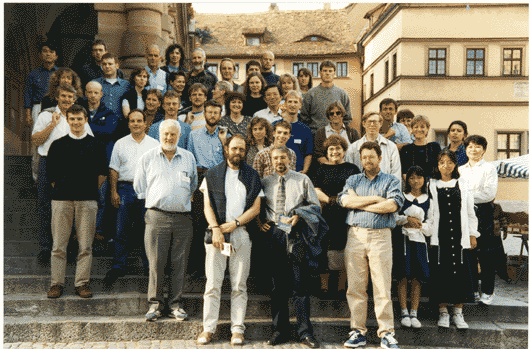
INSA Toulouse (Clostridium V 1998, Philippe Soucaille) ,
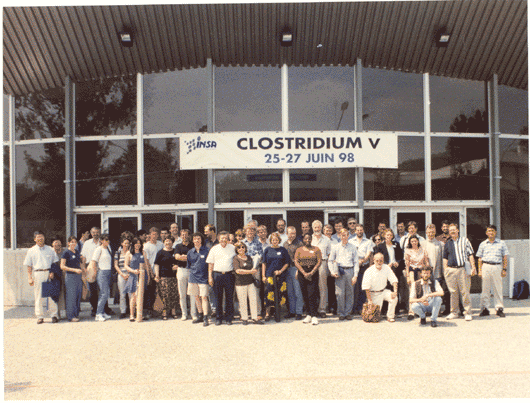
University of Illinois at Urbana-Champaign (Clostridium VI 2000 Hans Blaschek)
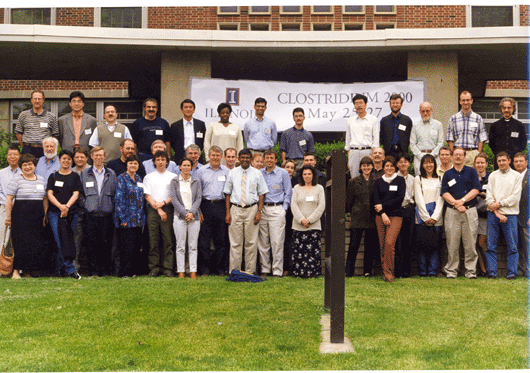 ,
,
while the meeting in 2002, Clostridium VII, was at the Hotel Warnemünder-Hof in
Rostock-Warnemünde hosted by Hubert Bahl.
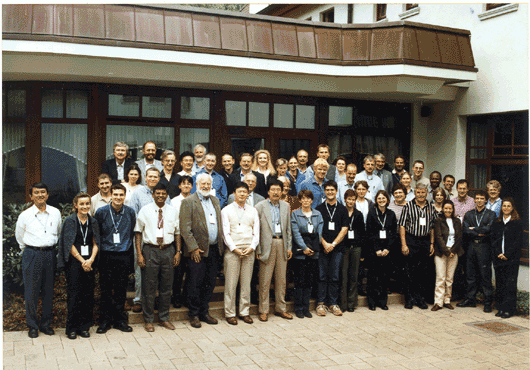 ,
,
In July 2004, the Clostridium VIII meeting was held in Edinburgh hosted
byWilf Mitchell and Martin Tangney.

In addition to the biennial workshops a meeting on the acetone-butanol fermentation, organised by Richard Gapes (Vienna University of Technology) to mark the completion of an EU-funded project which supported building and testing of a pilot plant, was held in Krems, Austria in 1999.
The breadth of subject matter has been maintained at the Clostridium meetings, with all aspects of fermentation including substrate utilization, regulation of acid and solvent formation, product toxicity and stress responses receiving attention. As might be expected, there has been a continual increase in analysis of bacterial behaviour at the molecular level, and considerable advances have been achieved and reported at the meetings. Notably, the detailed taxonomic characterization of “C. acetobutylicum” strains with the identification of four species, the completion of the genome sequence of C. acetobutylicum ATCC 824, and the development and exploitation of methods for genetic manipulation and control of gene expression. The C. acetobutylicum and C. beijerinckii groups still dominate meeting proceedings, but there is a growing interest in other species, particularly those with cellulolytic activity. Contributions to the 1994 and 2000 meetings were published as special issues of FEMS Microbiology Reviews (vol 17(3) pp. 221-364, 1995) and the Journal of Industrial Microbiology & Biotechnology (vol 27(5) pp 271-335, 2001) respectively, while the proceedings of the Krems meeting were published in the Journal of Molecular Microbiology and Biotechnology (vol 2(1) pp 3-124, 2000).
The success of these meetings has been primarily due to the quality of the science presented, but the traditional informal and friendly atmosphere has contributed in no small measure to making them both enjoyable and rewarding experiences.